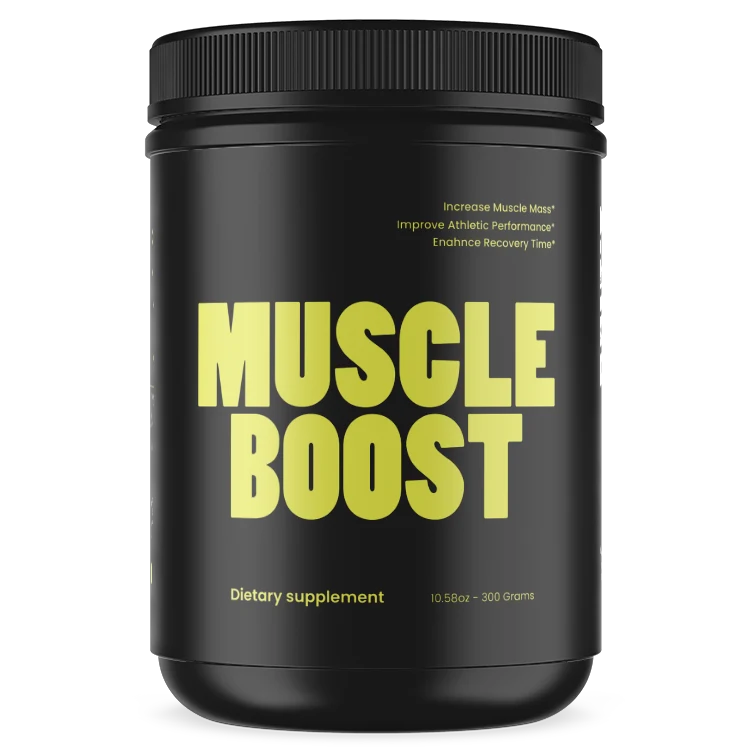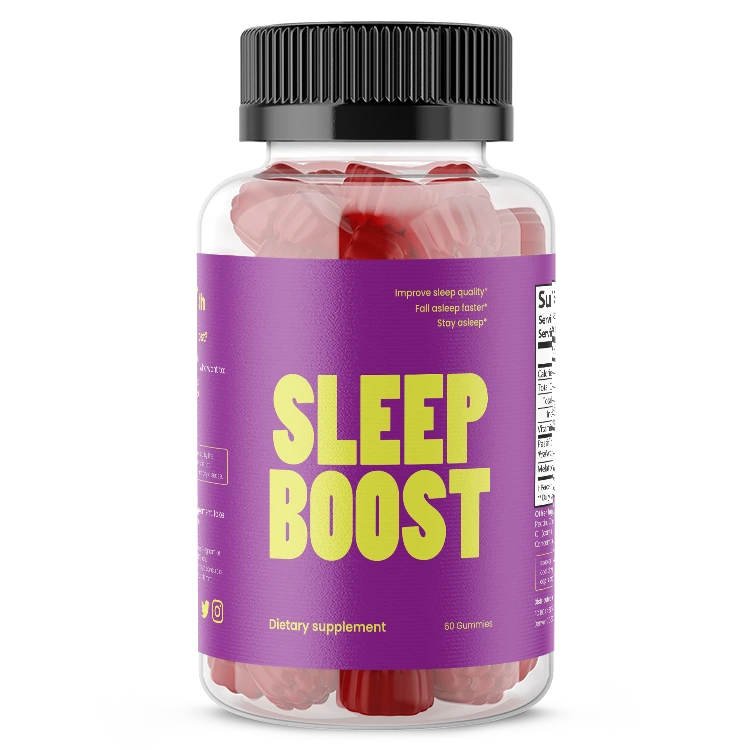Penile curvature, a condition where the penis shows a significant bend when erect, can be congenital (present from birth) or acquired (develops later in life, often due to Peyronie's disease). While a mild curve in the penis is generally normal and doesn’t typically affect sexual function or fertility, pronounced curvatures can lead to challenges during sexual intercourse and may cause emotional distress.
The Short Answer
The degree of curvature that is considered "too much" varies depending on individual circumstances, including whether it causes pain, affects sexual function, or leads to psychological distress. In general, a curve is too much if it prevents comfortable sexual intercourse or is associated with pain during erections. Surgical intervention is often considered when the curvature exceeds 30 degrees, as this is when it typically starts to impact sexual activity negatively.
Key Points on Penile Curvature and Peyronie's Disease
- Congenital vs. Acquired Curvature: Congenital penile curvature, present from birth, is distinct from Peyronie's disease, which occurs due to the formation of scar tissue. Peyronie's disease can lead to pain, erectile dysfunction (ED), and significant bending of the penis, potentially affecting a man's ability to engage in sexual intercourse .
- Diagnosis: The diagnosis of penile curvature is made through a combination of medical history review, physical examination, and sometimes imaging tests like a penile duplex Doppler ultrasound, which assesses blood flow and identifies scarring.
-
Treatment Options: The choice of treatment depends on the curvature's severity and its impact on sexual function. Options include:
- Traction Therapy: A non-surgical method using a device to stretch the penis, potentially improving curvature and length.
- Medications: Injections directly into the penis or oral medications can improve blood flow and address scar tissue.
- Surgery: For severe cases, options like plication (stitching the unaffected side of the penis) or graft repair (cutting the scar tissue and covering the area with a graft) are considered (5).
- Peyronie's Disease and Related Conditions: Men with Peyronie's disease may be more likely to develop conditions such as Dupuytren's contracture or certain autoimmune disorders. The disease is thought to result from penile injury or autoimmune reactions, leading to inflammation and plaque formation (1).
Understanding Congenital Penile Curvature
Unlike Peyronie's disease, which develops due to scar tissue formation later in life, congenital penile curvature is present from birth. This condition, affecting less than 1% of men, is characterized by a natural bend in the penis that is noticeable upon achieving an erection. Unlike Peyronie's disease, congenital curvature does not result from trauma or injury and does not involve the formation of palpable plaques or scar tissue. Penis curvature can also be caused by penis piercings, though it is rare.
Key Characteristics and Treatment:
- Diagnosis: Congenital penile curvature is usually diagnosed during adolescence or early adulthood, as the curvature becomes more apparent with sexual maturity and the onset of erections. Physical examination, often without the need for advanced imaging, can confirm the diagnosis by assessing the angle and direction of the bend.
- Impact on Sexual Function: For many individuals, congenital penile curvature does not significantly impact sexual function or pleasure. However, in more pronounced cases, it can affect the ability to engage in sexual intercourse comfortably and may lead to psychological distress or embarrassment (2).
- Treatment Options: Treatment for congenital penile curvature is considered only when the curvature negatively impacts sexual function or causes distress. Options can include surgical correction to straighten the penis. Unlike Peyronie's disease treatments, which may focus on reducing scar tissue, surgery for congenital curvature aims to correct the bend by either shortening the longer side of the penis or lengthening the shorter side to achieve a straighter erection.
How to Treat a Penis Curve at Home
For those experiencing mild penile curvature, particularly in cases not associated with Peyronie's disease, there are home management strategies that might help reduce discomfort or the impact of the curvature. Here are a few effective approaches:
- Gentle Stretching Exercises: Some men find that gentle manual stretching exercises can help with mild curvature. These exercises should be done cautiously to avoid causing pain or injury. The goal is to gently stretch the penis, potentially improving flexibility.
- Vitamin E Supplementation: Although research is mixed, some studies suggest that vitamin E supplementation might help reduce inflammation and prevent the progression of mild penile curvature, especially in the early stages of Peyronie's disease. Vitamin E is an antioxidant that some believe can help reduce scar tissue formation. The recommended approach is to take Vitamin E supplements orally.
- Healthy Lifestyle Choices: Maintaining a healthy lifestyle, including regular exercise, a balanced diet, and avoiding smoking, can improve overall health and, by extension, sexual health. Smoking is one of the worst possible things you can do for your blood circulation. Good circulation and cardiovascular health are beneficial for erectile function and might indirectly help manage symptoms associated with penile curvature.
Living with Penile Curvature
Many men with a mild penile curvature experience no impact on sexual function or fertility and can live comfortably with the condition. Significant curvature that affects sexual activity or causes distress, medical treatment may be the only option. Early intervention can help manage symptoms and improve quality of life.
For individuals exploring treatment, a discussion with a healthcare provider, or a urologist, about the potential benefits and risks of each option may be necessary. Whether choosing non-invasive methods like traction therapy or considering surgery, understanding the recovery process and setting realistic expectations is key to effectively managing the condition.




